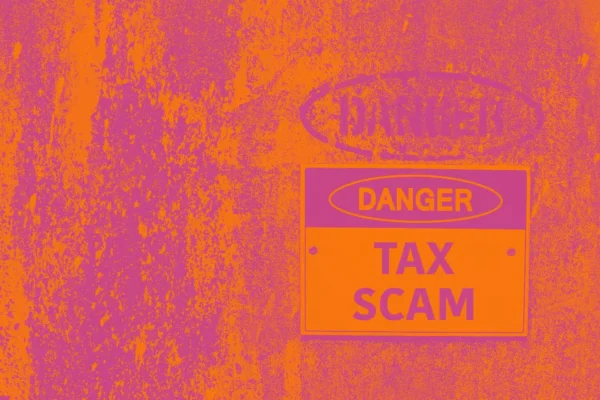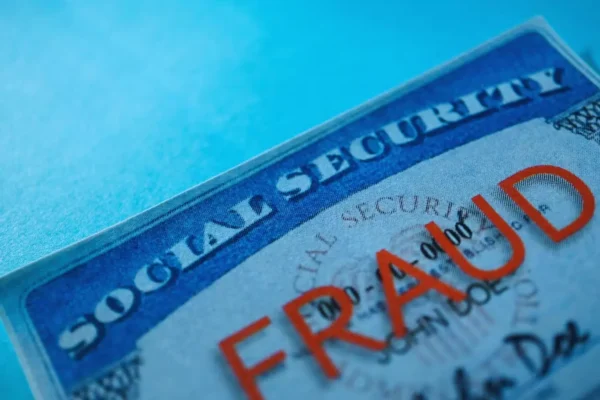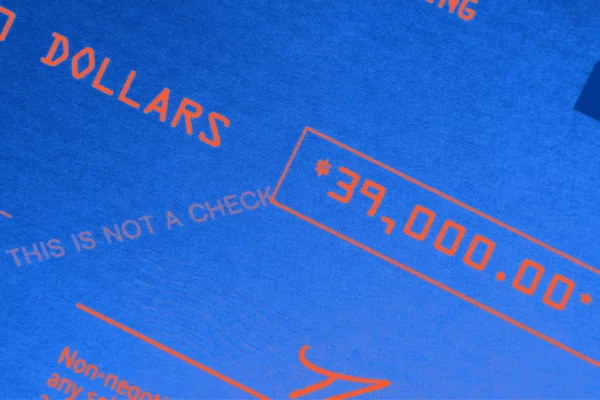
What Are Bitcoin ATMs?

Bitcoin ATMs are popping up all over the United States—at convenience stores, gas stations, and even grocery stores. These machines offer a user-friendly way to buy or sell bitcoin without needing a traditional bank or online exchange. But while they might seem like a quick and easy way to access cryptocurrency, bitcoin ATMs have also become a common tool in financial scams targeting vulnerable individuals.
So how do bitcoin ATMs work—and how can you protect yourself or a loved one from becoming the next victim of a scam? Let’s take a closer look.
What is a bitcoin ATM?
A bitcoin ATM, also known as a cryptocurrency ATM, is a physical kiosk that allows users to buy or sell bitcoin and other cryptocurrency using cash or a debit card. Despite the name, bitcoin ATMs don’t operate like a traditional bank ATM. You won’t be able to withdraw U.S. dollars from your checking account—but you can insert cash and receive bitcoin sent to a digital wallet, or, in some cases, sell bitcoin and receive cash back.
Bitcoin ATMs are designed to be user-friendly, even for people who may not be tech-savvy. Many walk you through each step of the transaction on a touchscreen interface, and transactions are completed in a matter of minutes. These ATMs are located throughout the country—with more than 30,000 of them in the U.S. alone—making it easier than ever to access cryptocurrency.
But with that ease and convenience comes risk.
How do bitcoin ATMs work?
To buy bitcoin at a bitcoin ATM, a user typically follows these steps:
- Start the transaction by selecting “Buy Bitcoin.”
- Provide identification, which might be as simple as entering a phone number, or as thorough as scanning a driver’s license, depending on the machine.
- Scan your wallet address, usually by scanning a QR code with your phone. This is where the purchased bitcoin will be sent.
- Insert cash or debit card into the machine.
- Confirm the transaction. The bitcoin is then sent to your digital wallet.
Selling bitcoin works in reverse: you send bitcoin from your wallet to the ATM, and the machine dispenses cash after the transaction is confirmed.
Unlike online exchanges that may take a day or more to verify transactions, bitcoin ATMs offer near-instant results. That speed is one reason scammers love them.
The Dark Side of Bitcoin ATMs: Scams and Fraud
For all their convenience, bitcoin ATMs have also become one of the fastest-growing tools for fraud in the U.S. Why? Because once a scammer convinces someone to deposit cash into a bitcoin ATM, that money is virtually impossible to trace or recover.
Additionally, bitcoin transactions are irreversible. Once you send funds, they’re gone—forever. That’s what makes these machines so attractive to scammers and so dangerous for unsuspecting victims.
Common Bitcoin ATM Scams
Let’s walk through a few of the most common bitcoin ATM scams currently happening across the country.
1. The “Government” Call
One of the most reported scams involves a phone call from someone pretending to be from the IRS, Social Security Administration, or even local law enforcement. The caller claims that you owe money and threatens jail time if you don’t pay immediately. Then they tell you to go to the nearest bitcoin ATM, deposit a specific amount of cash, and send the bitcoin to an address they provide.
Red flag: No legitimate government agency will ask you to pay fines or taxes using a cryptocurrency ATM.
2. The Tech Support Scam
In this version, the scammer claims to be from a well-known company like Microsoft or Apple. They tell you your computer has been hacked and that you need to pay for antivirus protection to unlock your account. Once again, they instruct you to make the payment via a bitcoin ATM.
Red flag: Legitimate tech companies do not request payment through bitcoin or cryptocurrency—especially not in person.
3. The Romance Scam
These scams often start on social media or dating apps. After building trust over days or weeks, the scammer claims they’re in trouble and need money fast. Instead of asking for a wire transfer or a check, they’ll guide the victim to a nearby bitcoin ATM and coach them through sending cryptocurrency.
Red flag: Anyone asking for financial help via cryptocurrency—especially someone you’ve never met in person—is likely running a scam.
4. The Utility Cutoff Threat
Scammers have also posed as electric or water companies, threatening to shut off service unless payment is made immediately. The target is told to use a nearby cryptocurrency ATM to avoid losing access.
Red flag: Utility companies do not accept payment through bitcoin ATMs and do not make threats over the phone.
How to Protect Yourself from Bitcoin ATM Scams
Whether you’re curious about cryptocurrency or just passing by a bitcoin ATM in your local grocery store, it’s important to understand how to stay safe.
Trust Your Gut
If someone you don’t know is telling you to withdraw cash and put it into a machine you don’t fully understand, pause. Scammers rely on urgency, fear, and confusion to push people into action. Don’t rush into anything.
Know the Warning Signs
If your situation involves any of the following classic scam warning signs, think twice before sending cryptocurrency:
- You’re being asked to deposit cash into a bitcoin ATM and send it to someone you don’t know personally.
- The person is using pressure tactics, threats, or emotional manipulation.
- They claim to be from a government agency or well-known company.
- You’re promised a prize, inheritance, or investment return—but only if you act now.
Don’t Go It Alone
If you’re unsure, step away from the machine and talk to someone you trust. Ask a friend, a relative, or call your financial institution. Many scam victims say they wish they’d spoken to someone before sending the money.
Report Suspicious Activity
If you think you or someone you know is being targeted by a bitcoin ATM scam, report it to the Federal Trade Commission (FTC) and your local law enforcement. Sharing your story could help prevent someone else from becoming a victim.
Are bitcoin ATMs ever safe to use?
Only when used with caution and knowledge.
If you’re an experienced cryptocurrency user and need to quickly buy or sell bitcoin, a bitcoin ATM can be a convenient option. Just make sure the machine is from a reputable provider and that you understand the transaction fees, which can be higher than those of online platforms.
If you’re new to bitcoin or unsure how it all works, take the time to learn. Don’t trust anyone who is pressuring you to use a bitcoin ATM, and never use one to send money to a stranger.
Final Thoughts
Bitcoin ATMs are designed to be fast, convenient, and user-friendly—but that doesn’t mean they’re safe in every situation. The same traits that make these cryptocurrency ATMs appealing to legitimate users also make them the perfect tool for scammers looking to exploit trust and urgency.
At Amplify, we believe education is your best defense. Understanding how bitcoin ATMs work—and knowing the warning signs of a scam—can go a long way toward protecting you and your loved ones.




